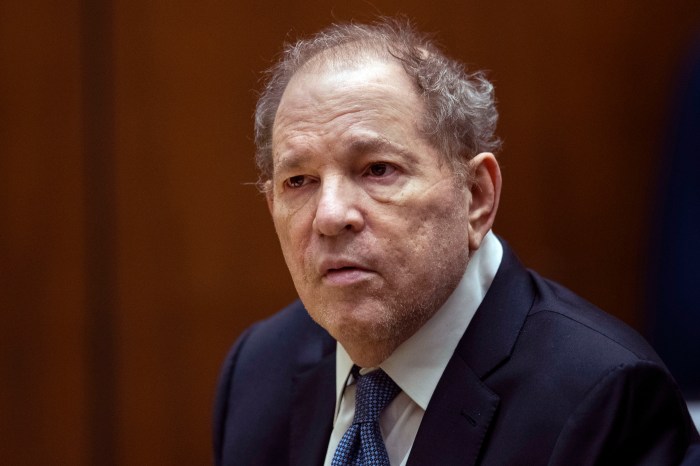By Michelle Han
In the last U.S. Census, it was estimated that as many as half a million New York City residents were not counted, costing the city precious dollars and government representation.
So in Queens, where the borough's burgeoning population is straining schools to the breaking point, District 28 is leading the effort to make every resident count.
A districtwide program will integrate lessons on the importance of the census count with students' studies in math, reading, art and music, and social studies.
Sara Vidal, coordinator for the New York City Census 2000 project, even sang a song about the census to District 28 educators during a training session in Forest Hills last week.
“The census counts people, make sure it counts you!” she sang, illustrating one of the tools available to teachers in the drive to improve the borough's census count.
District officials are hoping that through their children, more parents will be educated about the importance of including every resident in the census, which is taken every 10 years. It dictates the allocation of funds and how many among a fixed number of government representatives New York state receives.
Officials at the meeting last week, which included representatives of the mayor's and borough president's offices, said the state could lose two seats in Congress and millions in federal funds after the 2000 census, underscoring the importance of counting all individuals.
But they were quick to note the anonymity of the process, which strives to count and not condemn individuals – even if they are living in illegal housing units or are otherwise unregistered in official data banks.
“We have to provide a message that every census form that's filled out accurately will provide benefits to District 28, the city of New York and the state,” Superintendent Neil Kreinik told teachers last week. “This is not going to come back to haunt you.
Vidal put it another way for parents: “It's cumulative data, but we need you to throw your data into the pot so we can get a better picture of your neighborhood.”
Over the next several weeks, teachers in District 28 will assimilate into their classrooms a learning guide on the census prepared jointly by the U.S. Census Bureau and Scholastic Inc., a publisher of educational books.
The program is adjusted according to grade level and emphasizes map literacy, community involvement and data management.
One of the tools of the learning guide is a 4-by-6-foot map of the United States, color-coded according to population density.
Younger students might learn how to read the map while older pupils might carry out a mock school construction project based on census data.
The superintendent's student leadership council, made up of one student from every District 28 school, was scheduled to discuss the importance of the census with Borough President Claire Shulman at a meeting at Borough Hall Tuesday, but the meeting was pre-empted by snowy weather.
On Feb. 3, district students, parents, and educators will join city officials at a Census 2000 kickoff celebration at the Queens Museum of Art. The event is titled “Youth as a Catalyst for Change in a Community.”






























